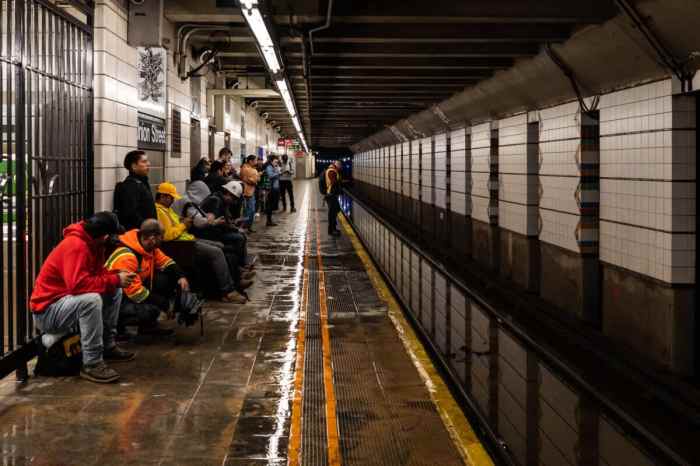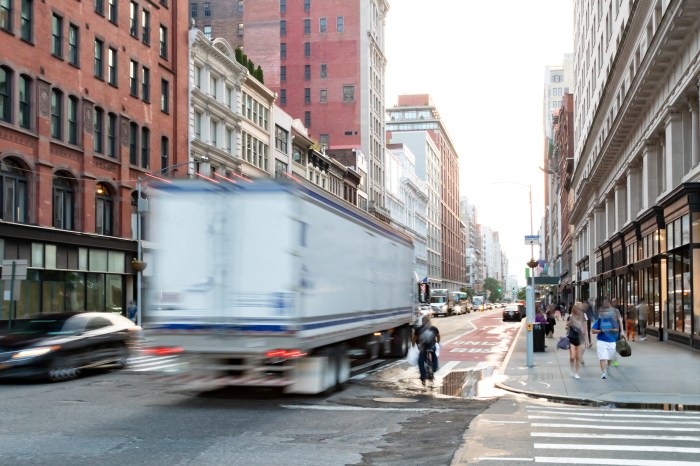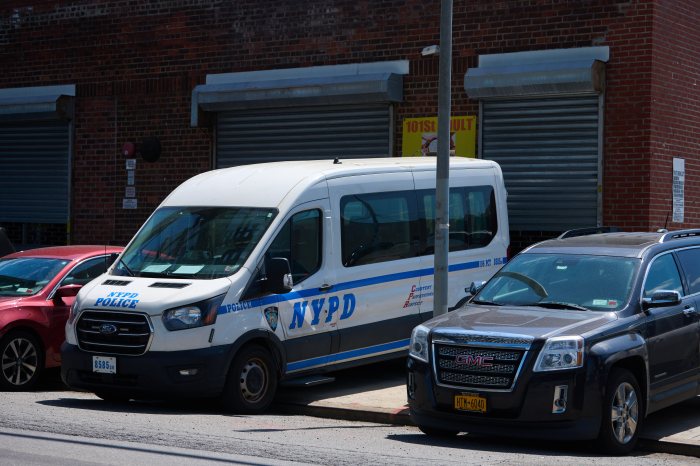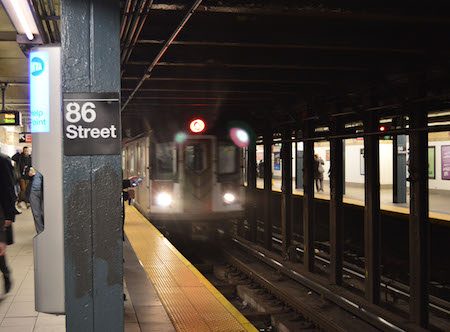
BY JACKSON CHEN | The packed sardines who have to put up with the Metropolitan Transportation Authority’s Lexington Avenue subway line now at least have access to free Wi-Fi in the Upper East Side underground stations.
Transit Wireless, the company that began tackling the MTA wireless service goals in 2010, hosted a December 8 press event at the 86 Street station to announce that 4, 5, and 6 riders will now have access to Wi-Fi, cellphone service, and a line for emergency services.
The 86 Street Station was one of 16 East Side stations on the Lex line that were outfitted with wireless access. Riders are now able to connect to “TransitWirelessWifi” on their phones for a one-hour period before being prompted to re-connect.
“The wireless infrastructure that Transit Wireless is building goes beyond the convenience of making a cellphone call or accessing the Internet from a station platform,” said Transit Wireless CEO William Bayne. “The technology supports public safety through the ability to make E911 calls and access assistance from Help Point Intercoms.”
E911 is a feature of the subway station connection that allows police to pinpoint the location of a caller dialing 911 on their cell phone.
According to Bayne, the recent upgrades to the Upper East Side stations were part of Phase Four of the its mission to deliver Wi-Fi and cell reception to all of the MTA’s subway stations by the end of 2017. On top of the 16 Manhattan stations, 21 in the Bronx were also recently equipped with wireless services. According to the company’s numbers, underground reception is now available to MTA stations in Manhattan, Queens, and the Bronx that serve 70 million riders a year.
“So we are now connected, essentially, from 23rd Street all the way to the top of the Bronx,” Bayne said.
He explained that the design process at a given station usually takes four to five months, while the actual construction lasts three to four weeks. For the construction portion, contractors work from 9 p.m. to 5 a.m. to install the boosters that are located throughout the station, according to the company’s director of radio frequency engineering, Nathan Cornish.
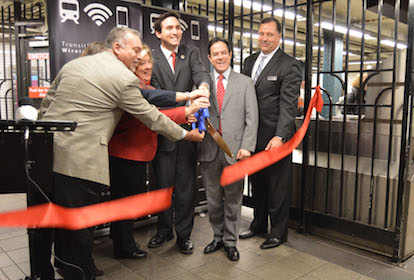
In one of the most heavily trafficked stations in the city, Bayne was joined by local politicians, including Councilmembers Ben Kallos and Daniel Garodnick, State Assemblymember Rebecca Seawright, Deputy Borough President Aldrin Bonilla, and Minna Elias, chief of staff to Congressmember Carolyn Maloney — in a ribbon-cutting ceremony.
During the ceremony, Bayne also announced that Transit Wireless had sponsorship from Uber, the controversial ride-hailing app. A Transit Wireless spokesperson said Uber had begun a month-long sponsorship of the company, but did not disclose the financial arrangement behind that. Revenue to Transit Wireless, which is split with the MTA, comes from sponsorships and advertising –– which is displayed on the WiFi service connection online page –– and allows the service to be free to consumers.
Before snipping the red ribbon, Kallos emphasized the value of staying connected during a commute, even if phone calls can often times be drowned out by the rush of incoming trains.
“Subway delays, making you late to a meeting with no way to tell anyone, was a part of being a subway rider,” he said. “But now you’ll be able to get in touch and get work done.”
According to the councilmember’s office, Kallos has been advocating for expanded Wi-Fi service for his district since last year’s City Council’s budget hearings.
Transit Wireless expects to install Wi-Fi services into the Second Avenue Subway stations as they’re being completed, according to a company spokesperson. Despite constant delays, the Second Avenue Subway project is expected to open up three new stations at 72 Street, 86 Street, and 96 Street by December 2016.
Outside of the Upper East Side, Transit Wireless is working on its next phase that includes Wi-Fi and cellphone service for 37 stations in Lower Manhattan and Brooklyn by mid 2016.
“Bringing Wi-Fi and cell service to underground stations helps commuters stay a little more connected,” Garodnick said. “When your smart phone doesn’t work on the subway, neither can you.”










